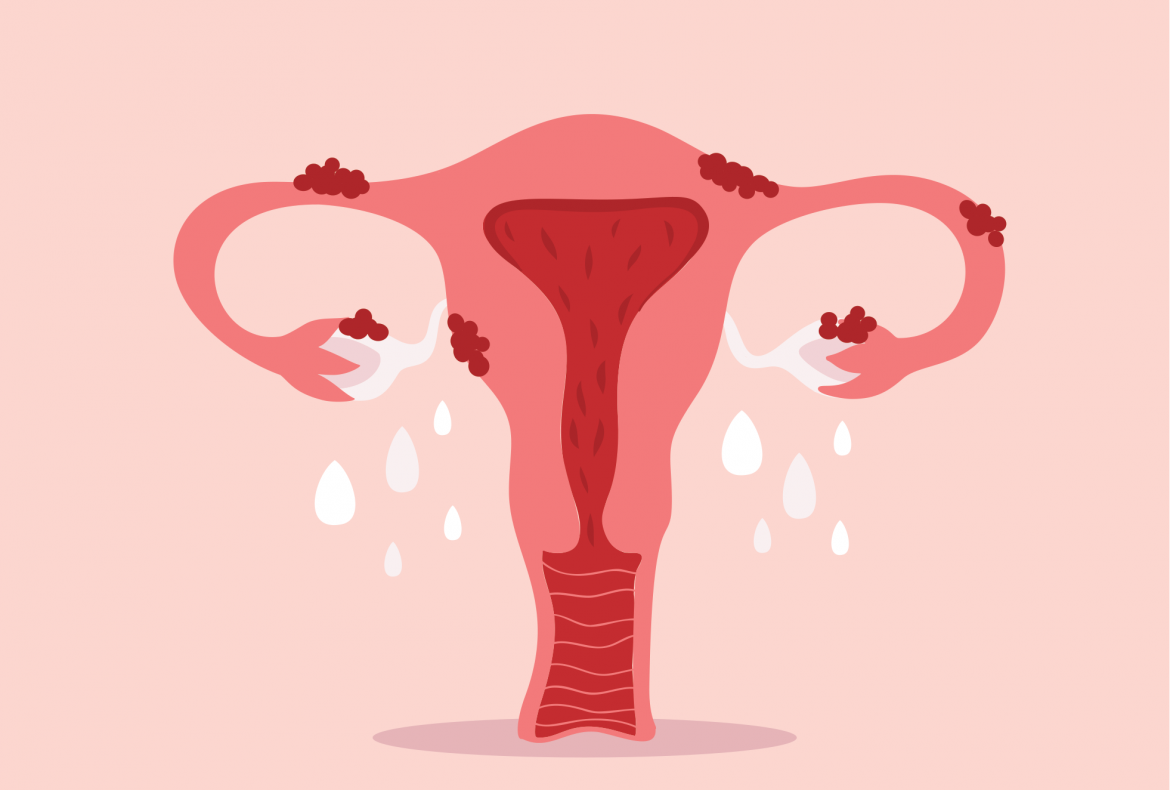Menstruation is a monthly occurrence in women’s reproductive years that is frequently veiled in obscurity. This deafening quiet on the subject has resulted in less than adequate communication. As a result, the needs of women at this time are rarely recognised, disputed, or discussed. Women’s health depends on maintaining adequate cleanliness during menstruation. Infections can occur as a result of poor hygiene, and they are frequently untreated. Women have been known to become infected as a result of poor menstruation control.
In addition to having a negative impact on one’s health, poor menstruation management can limit one’s educational and professional options. Due to a lack of sanitary procedures, a large number of females are likely to leave school during their menstrual periods, if not entirely.
Menstruation is a monthly occurrence in women’s reproductive years that is frequently veiled in obscurity. This deafening quiet on the subject has resulted in less than adequate communication. As a result, the needs of women at this time are rarely recognised, disputed, or discussed. Women’s health depends on maintaining adequate cleanliness during menstruation. Infections can occur as a result of poor hygiene, and they are frequently untreated. Women have been known to become infected as a result of poor menstruation control.
In addition to having a negative impact on one’s health, poor menstruation management can limit one’s educational and professional options. Due to a lack of sanitary procedures, a large number of females are likely to leave school during their menstrual periods, if not entirely.
According to the National Family Health Survey-Round 4 (2015-16), only 57.6% of Indian women aged 15 to 24 utilised any hygiene technique (locally produced napkins, sanitary napkins, and tampons) during menstruation, with sanitary napkins accounting for 42%. In comparison to rural regions, the use of sanitary napkins was higher in urban areas (59.2%). (33.6 percent ).
Many women in India, particularly those living in slums, cannot afford sanitary napkins. As a result, individuals prefer to overlook the negative effects on their health, putting themselves at risk for infections and disorders. This has a negative impact on the health of these impoverished women, further entrenching them in a cycle of poverty and sickness. Despite the fact that the government has begun to provide free sanitary napkins in several areas,
Fiker Panin
Under the supervision of Prof. S.M. Salim Khan (HOD SPM, GMC Srinagar), I began my project “Panin fiker” in the Nandpora area of block Hazratbal in the year 2019 to identify the reasons for non-use of sanitary napkins, conduct social marketing of sanitary napkins, and determine the acceptability of low-cost socially-marketed sanitary napkins among non-users.With the assistance of sub-centre ASHAs, all 200 menstruation teenage females were questioned in their homes. Free samples were supplied to non-users in the area’s menstrual adolescent female population in order to assess their acceptability and get feedback.
In the region, awareness seminars were held, as well as a question and answer session about societal taboos around menstruation hygiene and the usage of sanitary products.
A marketing campaign was launched as part of the social marketing strategy. The initiative was dubbed “Project PANIN FIQER,” and it depicts adolescent females “taking care of themselves or self-care during their menstruation days to accomplish what they want.”
The project was continued with the same branding that was designed and is still in use today. During periods, the most popular absorbent utilised by girls was cloth. Some of the females utilised fresh, clean fabric material that had been cut into bits. They bought such a piece of cloth.
While adolescent females were aware of commercial pads and may have used them, the majority could not afford them. A few girls stated that their parents had purchased pads, but the majority did not.
A marketing campaign was launched as part of the social marketing strategy. The initiative was dubbed “Project PANIN FIQER,” and it depicts adolescent females “taking care of themselves or self-care during their menstruation days to accomplish what they want.”
The project was continued with the same branding that was designed and is still in use today. During periods, the most popular absorbent utilised by girls was cloth. Some of the females utilised fresh, clean fabric material that had been cut into bits. They bought such a piece of cloth.
While adolescent females were aware of commercial pads and may have used them, the majority could not afford them. A few girls stated that their parents had purchased pads, but the majority did not.
Because they felt uncomfortable purchasing napkins from the market, one-fifth of the girls used cloth. “I feel awkward buying napkins from a guy merchant,” one respondent said.
All of the participants threw away their used cloth. Half of the girls washed and reused the old fabric, while the other half disposed of it in a standard trash can or buried it in the ground.
“Nowadays, owing to the lack of cotton garments, we are recycling it,” one responder said. In my periods, I prefer to buy snacks rather than sanitary napkins since I don’t think it’s a big deal.”
The whole group complained of genital discomfort. When using the pads, several females reported a burning feeling, which they linked to.
Family members have urged females to limit their activities during menstruation in certain cases.
Many young women today assume that menstruation is unsanitary and that they must hide, conceal, and regulate it.
Menstruation was regarded as a source of anger and irritation, according to the findings. Some respondents mentioned that they had menstruation in school and were unable to discuss it with their teachers.
Distress might result from a lack of knowledge of one’s body during puberty. A emphasis on biology has been found to generate knowledge that is separated from girls’ actual body experiences, and that adding talks of life experience and social context throughout a range of subjects is crucial. When it comes to education, participants recognised the internet as a valuable resource.





